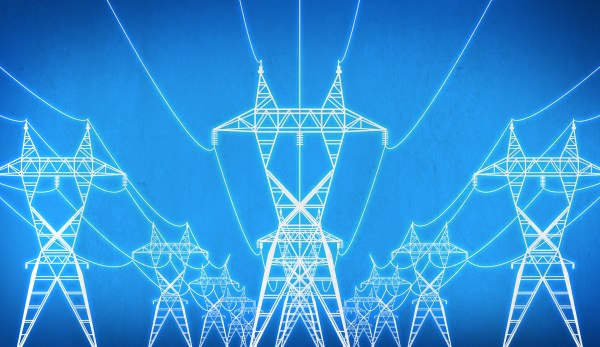There was a disturbance in the enterprise security world, and it started with a Pwn2Own Berlin. [Khoa Dinh] and the team at Viettel Cyber Security discovered a pair of vulnerabilities in Microsoft’s SharePoint. They were demonstrated at the Berlin competition in May, and patched by Microsoft in this month’s Patch Tuesday.
This original exploit chain is interesting in itself. It’s inside the SharePoint endpoint, /_layouts/15/ToolPane.aspx. The code backing this endpoint has a complex authentication and validation check. Namely, if the incoming request isn’t authenticated, the code checks for a flag, which is set true when the referrer header points to a sign-out page, which can be set arbitrarily by the requester. The DisplayMode value needs set to Edit, but that’s accessible via a simple URL parameter. The pagePath value, based on the URL used in the call, needs to start with /_layouts/ and end with /ToolPane.aspx. That particular check seems like a slam dunk, given that we’re working with the ToolPane.aspx endpoint. But to bypass the DisplayMode check, we added a parameter to the end of the URL, and hilariously, the pagePath string includes those parameters. The simple work-around is to append another parameter, foo=/ToolPane.aspx.
Putting it together, this means a POST of /_layouts/15/ToolPane.aspx?DisplayMode=Edit&foo=/ToolPane.aspx with the Referrer header set to /_layouts/SignOut.aspx. This approach bypasses authentication, and allows a form parameter MSOTlPn_DWP to be specified. These must be a valid file on the target’s filesystem, in the _controltemplates/ directory, ending with .iscx. But it grants access to all of the internal controls on the SafeControls list.
There’s an entire second half to [Khoa Dinh]’s write-up, detailing the discovery of a deserialization bug in one of those endpoints, that also uses a clever type-confusion sort of attack. The end result was remote code execution on the SharePoint target, with a single, rather simple request. Microsoft rolled out patches to fix the exploit chain. The problem is that Microsoft often opts to fix vulnerabilities with minimal code changes, often failing to fix the underlying code flaws. This apparently happened in this case, as the authentication bypass fix could be defeated simply by adding yet another parameter to the URL.
These bypasses were found in the wild on July 19th, and Microsoft quickly confirmed. The next day, the 20th, Microsoft issued an emergency patch to address the bypasses. The live exploitation appears to be coming from a set of Chinese threat actors, with a post-exploitation emphasis on stealing data and maintaining access. There seem to be more than 400 compromised systems worldwide, with some of those being rather high profile.
Continue reading “This Week In Security: Sharepoint, Initramfs, And More”


















